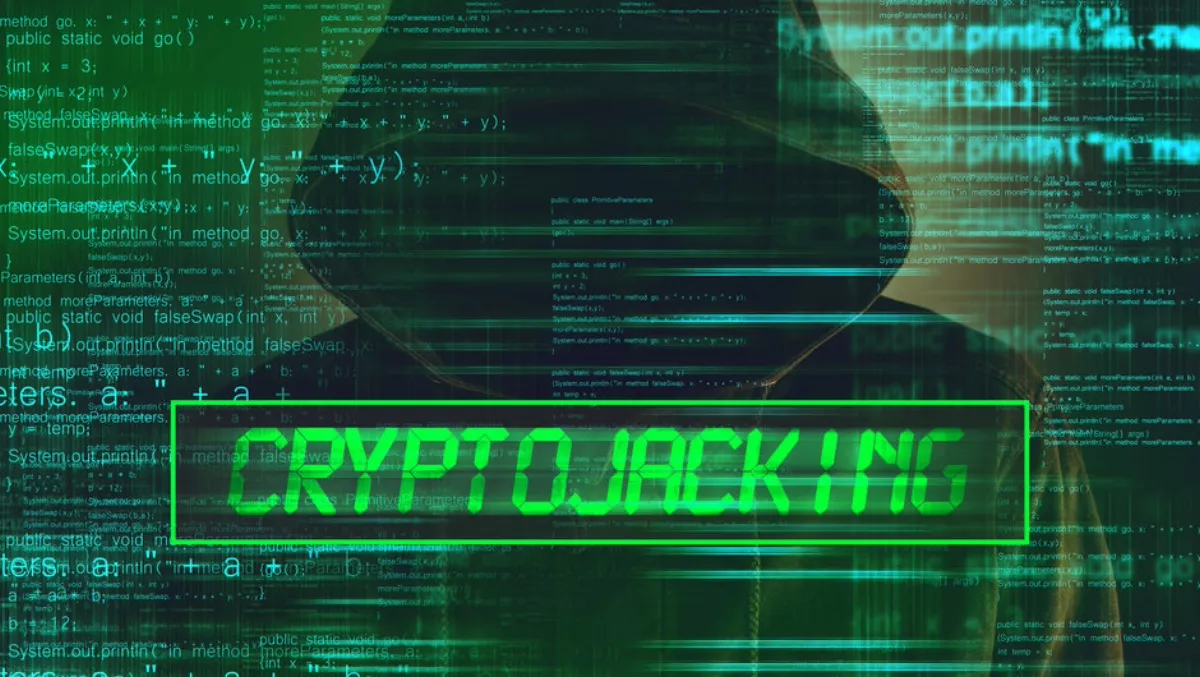
How to avoid becoming a cryptojacking victim - Bitglass
Fifty percent of organisations have malware in at least one of their cloud applications according to a report published by Bitglass.,
Cloud cryptojacking has become the biggest cybersecurity threat facing businesses, especially enterprise-level organisations.,
What is cryptojacking?
The term ‘cryptojacking' refers to the unauthorised use of a third party's computing resources to mine cryptocurrency.,
Large-scale cryptojacking is a lucrative business due to the popularity and value of cryptocurrencies like Bitcoin and Ethereum, so it is unsurprising that hackers are targeting vulnerable data centers to help them boost their capabilities.
Cloud-based resources, and in particular infrastructure-as-a-service (IaaS) platforms, are main targets for this activity as they offer virtually infinite resources and tremendous processing power, as well as an environment where attackers can largely go undetected.,
The methodology used to obtain the right accesses for cryptojacking are not dissimilar to other cyber threats like ransomware.,
Often it will be via phishing emails that load cryptomining code, or via a website that has been infected with a specific JavaScript code that will auto-execute when loaded.,
This particular method often goes undetected by the victim for a long time as it runs silently in the background.
The most often cited case of cryptojacking took place in 2018 when Tesla fell victim to an attack.,
The automotive company discovered that some of its Amazon Web Services (AWS) , infrastructure was being appropriated for mining.,
The attack had been concealed from conventional firewalls and intruder detection systems as the cybercriminals had hidden the IP addresses of their mining programs behind a content delivery network; they had also throttled the mining software to ensure that it did not trigger high-usage-detection systems.
Here are five tips to secure infrastructure against cryptojacking:
1. Employee awareness
Employees are every organisation's first line of defence, so make sure they are equipped with the right tools and training to be an effective part of the security strategy.,
Employees that are well versed in the company's cybersecurity policies are less likely to fall victim to an attack.,
Teach them what to look for and what to avoid - focus on the threat of phishing attacks.,
2. Deploy the extensions
As mentioned earlier, one method cybercriminals use is to lace websites with auto-executing cryptojacking scripts.,
All employees should deploy ad-blocking and anti-cryptomining extensions on web browsers to avoid downloading this type of code from websites.,
3. Passwords and multi-factor authentication (MFA)
MFA and strong passwords should be in, place for all cloud apps and IT assets.,
The attackers who compromised Tesla's environment went through an administration console that was not password protected.,
Passwords should, as a minimum, include a mixture of alphanumeric credentials, and enforcing multi-factor authentication are, must-haves for ensuring the protection of sensitive enterprise assets.,
4. Updates are not an option
Patches and software updates are regularly released by all security vendors – these are not optional.
Promptly install them to ensure endpoints and cloud-based tools have their security gaps filled, protecting them from the latest threats. ,
5. Securing personal devices ,
With BYOD becoming more common among businesses, securing personal devices is a must.,
This is most effectively achieved through an agentless solution, as tools like mobile device management (MDM) can harm device functionality, invade user privacy, and, consequently, prove incredibly difficult to deploy on employees' personal devices.

